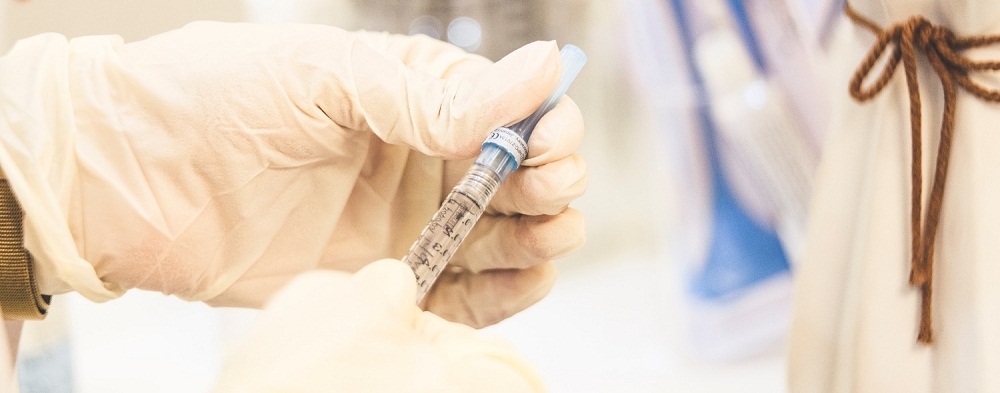As the global pharmaceutical industry ramps up industrial scale Covid-19 vaccine planning and production, new supply chains are taking shape in the U.S., Europe and Asia, according to the latest export and import statistics supplied by Trade Data Monitor.
In Asia, it is China leading the effort, trade numbers show. With vaccine-related pharmaceutical production and trade surging, the Covid-19 pandemic is expected to fuel further growth in the country’s fledging pharmaceutical industry. The country’s total pharma imports increased to $22.8 billion in the first eight months of 2020, up from $4.5 billion over the same period 10 years ago, according to TDM data.
China, as the world’s most populous country and initial epicenter of the coronavirus outbreak, has said it wants to scale up Covid-19 vaccine capacity to 600 million doses by the end of 2020, and, by the close of 2021, a billion doses, according to its National Health Commission. In the U.S. and Europe, pharmaceutical corporations have set lofty targets, too. Pfizer and Moderna, for example, have each said they hope to make at least a billion doses in 2021.
Their work is needed: The world may need over five billion doses in 2021, which is going to require massive-scale production of ingredients and delivery mechanisms. Big Pharma’s wish list includes syringes, vials and synthetic rubbers such as latex, and large-scale doses of chemical components such as yeasts, proteins, and gelatin.
The world’s top health officials want broad production and administration of Covid-19 vaccines. Tedros Ghebreyesus, the director-general of the World Health Organization, has said that “the goal must be to vaccinate some people in all countries, rather than all the people in some countries.”
That means multiple supply chains and poles of production. To be sure, the U.S. and Germany still lead China in the export of most vaccine ingredients, but China is catching up. As Beijing pushes for more vaccine production, Chinese companies have built up a dense matrix of chemical suppliers. As it produces more, it’s increasing exports of ingredients to other Asian countries, establishing a network across the 70-some member countries of its Belt and Road Initiative, which aims to build up and consolidate export markets, and a broad trading network, in Asia.
Chinese exports of yeast proteins and similar ingredients that can be used to make vaccines ballooned over six times, to $1.2 billion during the first eight months of 2020, up from $192.5 million during the same period in 2019. The biggest buyer was Hong Kong, a key trading hub, followed by the U.S., Philippines, Russia and Indonesia. The Philippines and Indonesia are two of the most populous countries in the Belt and Road Initiative region.
In China a state-led effort has overseen the construction of manufacturing facilities for a gamut of Covid-19 vaccine related production. For example, in August, exports of textiles and fabrics including the protective medical masks everybody is wearing increased to $14.7 billion, up 48.5% from August 2019.
Although universities, pharmaceutical firms and private researchers still haven’t completed their work on designing a new vaccine that is proven safe and effective, factories are already producing what they need to make vaccines.
The largest part of a modern vaccine dose is water, and it includes a dozen core components, including yeasts, gelatins, proteins and formaldehyde, many of which are now being made in and exported by China.
Chinese exports of albumin, a protein used in vaccine production, often derived from eggs, exploded to 1200 tons during the first eight months of 2020, up from 29.5 tons over the same time period in 2019.
Trade is increasing in the delivery mechanisms for vaccines too. The total number of syringes exported by China increased 6% to 10 billion, from 9.5 billion. And shipments of the small vials and glass bottles used for vaccines increased 6.6% to $638.3 million.


